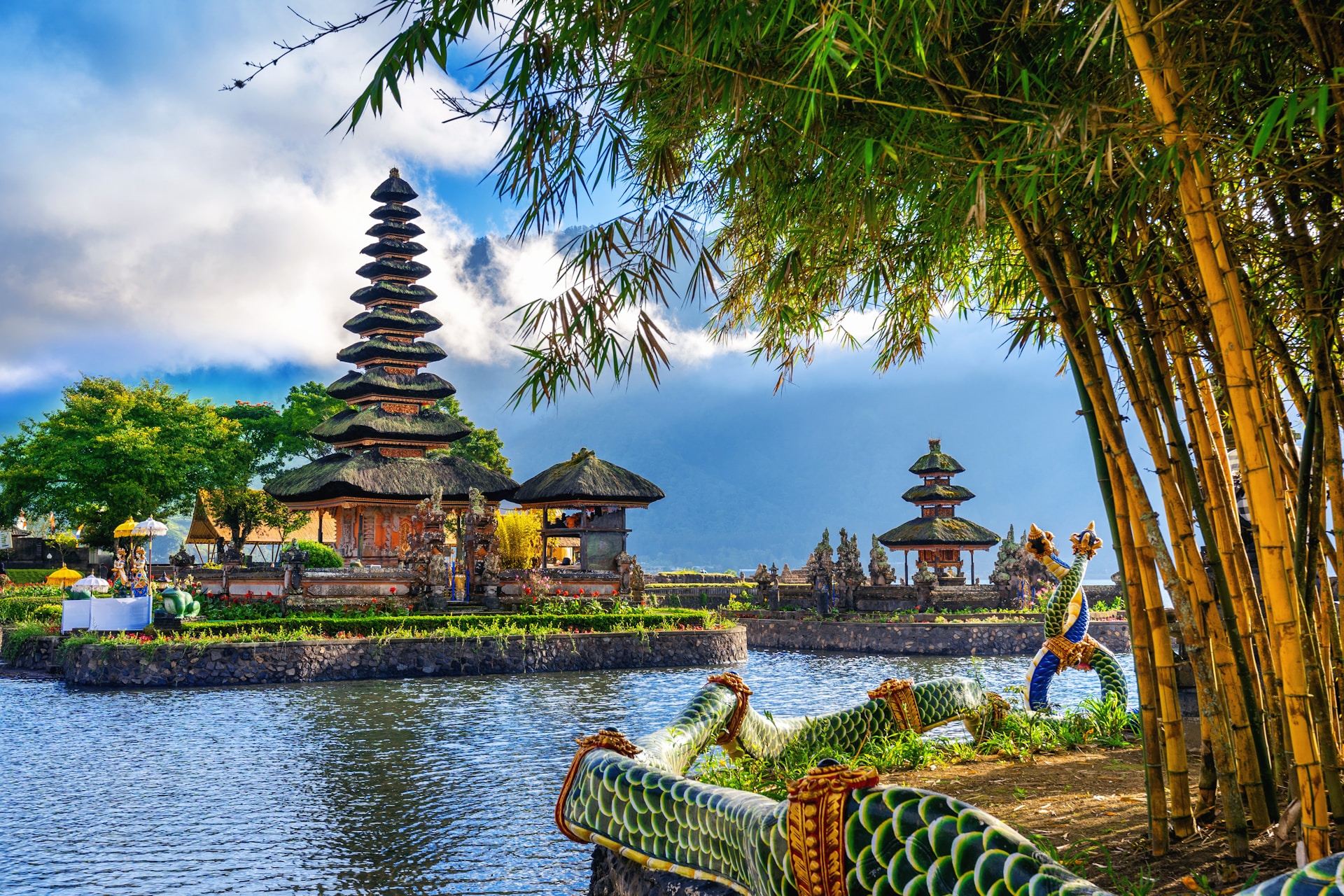Just a short boat ride from Bali’s bustling mainland, the Nusa Islands are emerging as a compelling alternative for travellers seeking tranquillity without sacrificing accessibility. Comprising Nusa Lembongan, Nusa Ceningan and the larger Nusa Penida, these islands offer striking cliffs, turquoise waters and pristine beaches that contrast sharply with the traffic and throngs of Bali’s better-known hotspots. Their growing popularity highlights a shift in international tourism towards destinations that prioritise authenticity and a slower pace of travel.
Nusa Lembongan, long known for its seaweed farms and mangrove forests, combines mellow coastal life with panoramic views of Bali’s volcanic peaks. Nusa Ceningan, linked to its neighbour by a suspension bridge, charms visitors with quiet coves and cliffside scenery. Nusa Penida, meanwhile, delivers drama on a grand scale: iconic sites such as Kelingking Beach and Angel’s Billabong are balanced by more secluded gems like Diamond Beach, rewarding those willing to venture off the beaten path. This diversity of landscapes ensures that travellers find both serenity and adventure within the same archipelago.
The timing of a visit adds to the experience. Between April and October, calmer seas and dry skies allow visitors to explore marine life through snorkelling and diving, revealing coral ecosystems that remain among the most vibrant in the region. The islands’ relative underdevelopment has so far kept mass tourism at bay, allowing their natural assets to shine while creating opportunities for low-impact, experience-led travel.
For the global tourism sector, the rise of the Nusa Islands reflects a broader post-pandemic trend. Travellers are no longer satisfied with overcrowded attractions; they are gravitating towards destinations that deliver immersion, sustainability and cultural connection. In this context, boutique resorts, eco-tours and community-based services are more than amenities; they are the foundation of a travel model that balances economic opportunity with environmental stewardship. The success of the Nusa Islands suggests that the future of international travel lies not in replicating the scale of established hubs but in curating experiences that allow destinations to remain distinctive, resilient and true to their identity.


